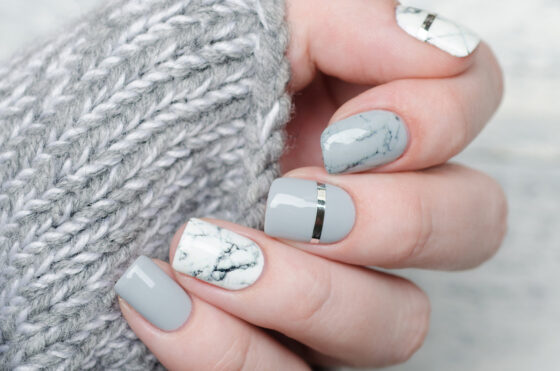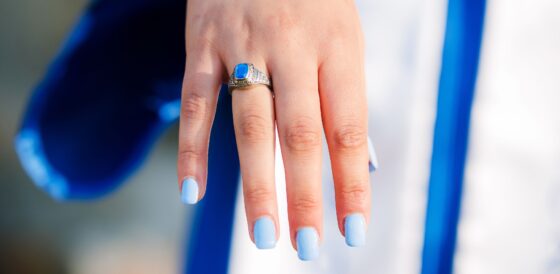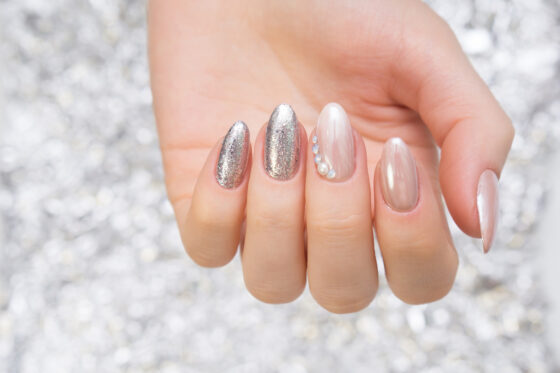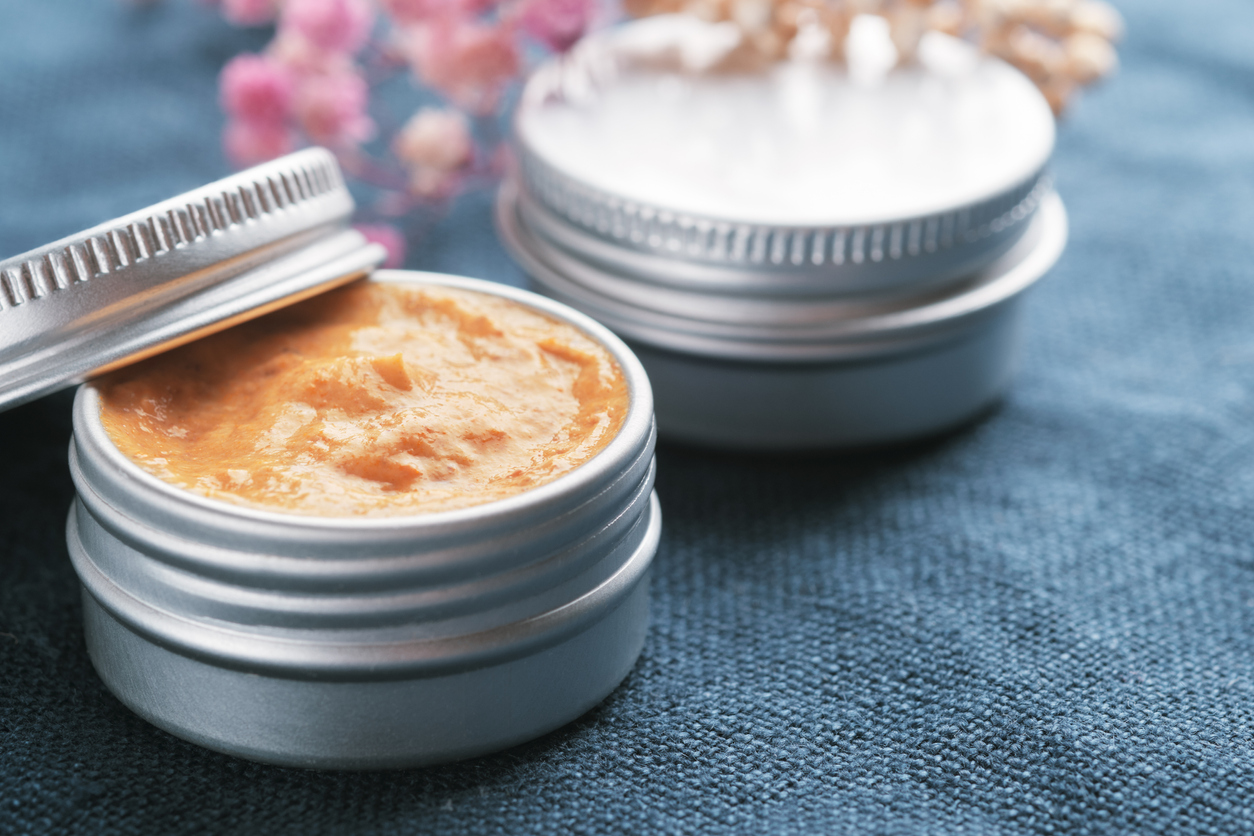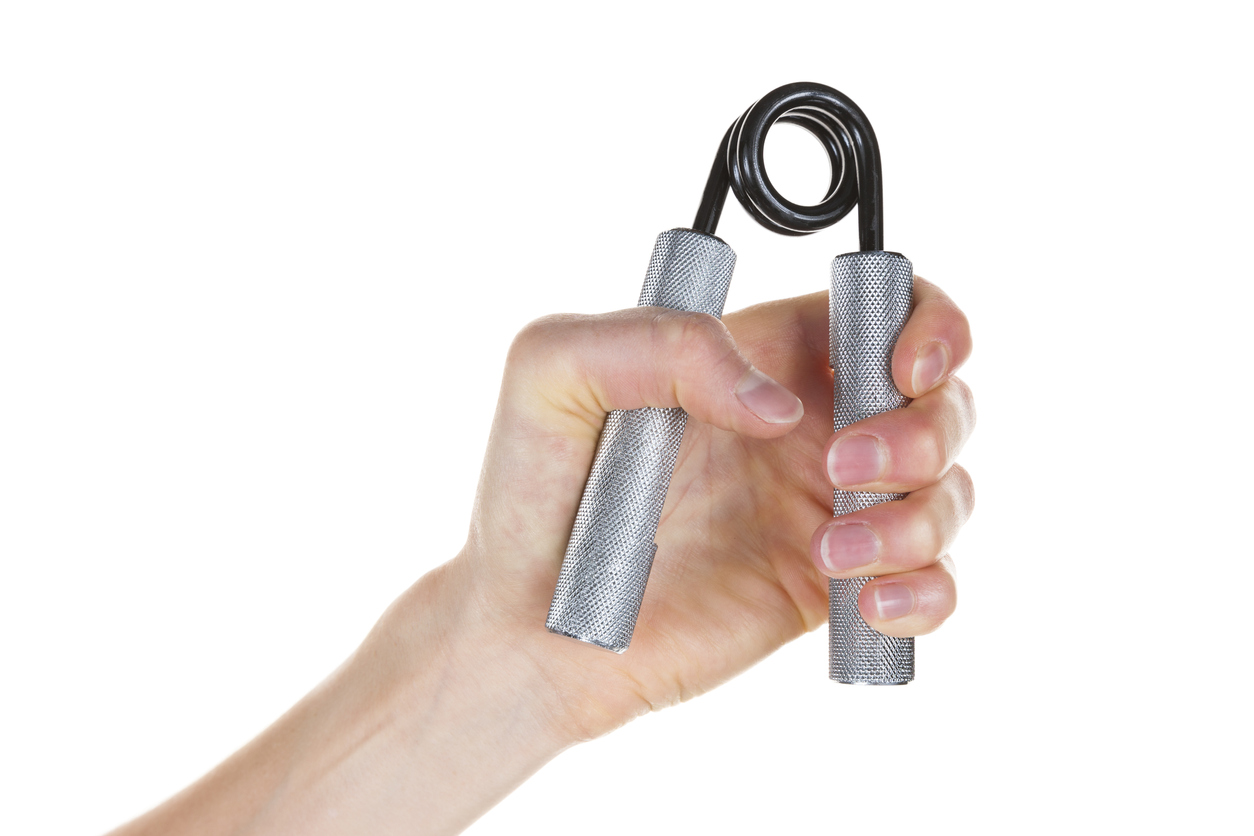Bath time used to be a half-hour of foamy fun, playing with toys and blowing bubbles around until Mom told us we had enough. As we got a little older, a hot bath with some scented bath salts or a bath bomb became a way to practice self-care and a time for relaxation.
Into adulthood, we may rarely have the time to soak in the tub. Still, we are aware of the benefits of a hot bath for blood circulation, boosting our immune system, and relieving pain and sore muscles, amongst other benefits.
Did you know there are many surprising benefits to ice baths too?
While soaking in an ice bath tub may not be as relaxing as a warm bath, ice baths share many of the same benefits as hot baths.
Ice bath benefits include:
- Reduce inflammation
- Prevent muscle soreness
- Reduce chronic pain
- Improve mental health
- Immune system support
Ice baths or ‘cold plunges’ typically involve submerging the lower half of your body in cold water, but they can also be localized to treat specific areas.
For the purpose of this article, we will answer the question “How long should you stay in an ice bath” by breaking it down into five specific goals:
- Ice bathing for beginners
- Post-workout
- Injury recovery
- Panic attacks
- Sore feet
Ice Bath Temperature
An ice bath sure is cold, and it takes a while for the body to adjust. Water freezes at 32 degrees Fahrenheit or 0 degrees Celsius. We want to avoid having literally ‘freezing cold water’ so we don’t end up like the scene at the end of Titanic.
How Cold is an Ice Bath?
Experts recommend that your ice bath water is around 50-60 Fahrenheit. Experienced ice-bathers may make their cold plunge colder. If you add too much ice or sit water that is too cold, you risk getting frostbite or hypothermia.
The chart below shows the recommended ice bath temperature to determine how cold is an ice bath for you.
| Beginner | Intermediate | Advanced |
|
|
|
| 50°F – 60 °F | 45°F – 50 °F | 35 °F – 45 °F |
How Long Should You Ice Bath
When determining how long you should ice bath, you will want to take into consideration how frequently you ice bath and what benefits you are hoping to achieve. The more frequently you take ice baths, the more tolerance you are likely to have and the longer you’ll be able to stay in.
How Long to Take an Ice Bath: Beginners
If you’re brand new to ice bathing and want to try it out, you will want to build a tolerance to cold water submersion. Cold showers help your body understand the physiological response you will experience in an ice bath.
Before you try out an ice bath, practice the following:
- Hold an ice pack to your head and chest for up to ten minutes at a time
- Submerge your head in a bowl of cold water and ice for 10-20 seconds at a time
- Experiment with quick jumps into cold pools, rivers, or a ‘cold plunge’ at your gym
When you are ready for your first at-home ice bath, follow these steps:
- Start with a half-full tub of cold tap water
- Sit in the water for five minutes
- Add one small bag of ice to the water
- Sit in the ice bath for 30 seconds to two minutes
- If you can tolerate the temperature, add a second bag of ice to the ice bath
- Sit in the bath for another two minutes, or until you can no longer tolerate the temperate
As you get more comfortable with ice baths, you can increase the time you submerge the lower half of your body. The ideal time for an ice bath is between 11-15 minutes.
How Long to Take an Ice Bath: Post-Workout
Weight-crushing workouts give us so much satisfaction; the feeling of blood flowing to our muscles and getting the full pump. But the next day, or even two days after, our sore muscles can be distracting and have us reaching for the nearest pain reliever in sight.
Ice baths for a post-gym session or post-sports game are a way to reduce inflammation in the joints and muscles and reduce the amount of soreness you’ll feel a day or two after your workout.
Physical therapists to professional athletes recommend staying in an ice bath for 10-15 minutes post-workout. They also encourage submerging yourself above your chest to get total body benefits.
So how do ice baths work for post-workout?
Cold water therapy or ice baths reduce inflammation by allowing blood and other fluids to flush metabolic waste post-workout. When you sit in an ice bath, your blood vessels constrict, and once you get out, they open back up, helping to cleanse toxins that cause inflammation.
How Long to Take an Ice Bath: Injury Recovery
Using an ice pack on an injury to prevent swelling is common knowledge to most people, especially sports enthusiasts and athletes. Ice packs reduce inflammation which helps prevent injuries from getting worse and speeds up recovery.
Ice baths can effectively prevent swelling and improve recovery, whether you have an injury from playing sports or doing handy work around the house.
Physical therapists recommend staying in an ice bath for ten minutes for effective injury recovery and limiting ice baths to three times per week.
But what’s the science? How do ice baths work for injury recovery?
Submerging your body or a body part with an injury in ice-cold water helps to cool down the tendons, tissues, ligaments, and muscles, which reduces inflammation. Reducing inflammation is critical for easing pain and speeding up recovery. Once you get out of the ice bath and your body warms up, the increased blood works to repair tissue faster.
How Long to Ice Bath: Panic Attacks
Ice baths can be a great tool to stop or prevent panic attacks. It works by activating the parasympathetic nervous system, which can have a calming or distracting effect. Immersing yourself, including your face, in an ice bath can help calm panic attacks in as little as 30 seconds. Remain in the ice bath for two to three minutes to allow your body to change how it responds to anxiety triggers.
You can use the same ice dive technique for anxiety attacks using a bowl of ice water and exposing your face, including your forehead, eyes, temples, nose, and upper cheeks.
So how do ice baths work for panic attacks?
Ice baths for panic attacks work in the same manner as any distress tolerance skill for emotion regulation. In fact, controlling temperature is one of the ‘TIPP’ skills in Dialectical Behavioural Therapy: temperature, intense exercise, paired muscles relaxation, and paired breathing. It helps redirect our thoughts when we lose control of our emotions.
How Long to Ice Bath Feet
Taking a cold water plunge doesn’t have to be a full-body experience. Cold water has benefits for isolated pain, such as your feet.
Ice bathing your feet for 10 to 20 minutes reduces inflammation. If you ice your feet for less time, you may experience temporary relief, but you won’t get the full benefits of reducing inflammation from Plantar Fasciitis, Tarsal Tunnel Syndrome, and other common conditions causing heel pain.
And how does an ice bath work for foot pain?
Plantar Fasciitis is one of the most common issues causing foot and heel pain. It occurs from repeated strain to the elastic plantar fascia ligament that bridges the arch of your foot from heel to ball.
Cold therapy for treating plantar fasciitis causes the blood vessels beneath your skin to constrict, reducing blood flow, which reduces swelling and decreases pain by numbing the nerves in the area. Experts recommended combining ice baths with massage and stretching to relieve symptoms and facilitate recovery.
What to Do After Ice Bath
Before you get into your ice bath, be sure to have towels and warm clothes nearby. If you are wondering how long to wait to shower after an ice bath, wait until your body temperature returns to normal.
Here is what you can do to increase your body temperature immediately after an ice bath:
- Dry off with a towel
- Wear a warm robe or layers of clothing
- Walk around
- Do light stretching
- Use a foam roller
- Drink a hot beverage
Hot Shower After Ice Bath
Avoid jumping into a hot shower right after your ice bath. As tempted as you might be to jump into a hot tub, sauna, or hot shower, it can cause the body to go into shock if temperatures are changed too quickly. If you have difficulty warming up, wait ten minutes before getting in a warm, not hot, shower. Wait 30 minutes before showering, if possible.
Moving and Stretching After Ice Bath
Once you are dry and put on warm clothing, walk around for several minutes to allow blood circulation to return to normal. You will then want to do light stretching for leg and hip mobility. Do each of the five stretches for 60 seconds.
Five stretches to do after an ice bath:
- Couch stretch
- Hamstring stretch
- 90/90 stretch
- Quad stretch
- Calf stretch
If you have a foam roller, roll out your leg muscles before getting into a hot shower.
FAQ
How Long to Wait to Shower After Ice Bath
Experts recommended allowing the body to warm up and return to a normal temperature before a hot shower. Ideally, wait 30 minutes before a hot shower after getting out of an ice bath. If you have difficulty increasing your body temperature, you can get in a warm shower after 10 minutes to help you warm up.
How to Warm Up After Ice Bath
Before you get in your ice bath, prepare what you will need after your ice bath. Keep towels, a robe, and warm clothing nearby.
Follow these steps for how to warm up after your ice bath:
- Get out of the ice bath and dry off with a towel
- Put on a warm robe or clothes
- Walk around for a few minutes
- Drink a warm beverage
- Do some light stretching
- Get in a warm shower
- Dry off and put on warm clothes
- Eat a high-fiber or high-protein snack
Final Thoughts
Are you ready to take the plunge?
If you are wondering how long should you stay in an ice bath, the answer depends on how frequently you ice bath and the purpose you are ice bathing for. Building a tolerance to ice bathing takes time and practice.
Do not stay in an ice bath for longer than your body can handle; consult your healthcare provider if you have any concerns.
Say freeze!
































































